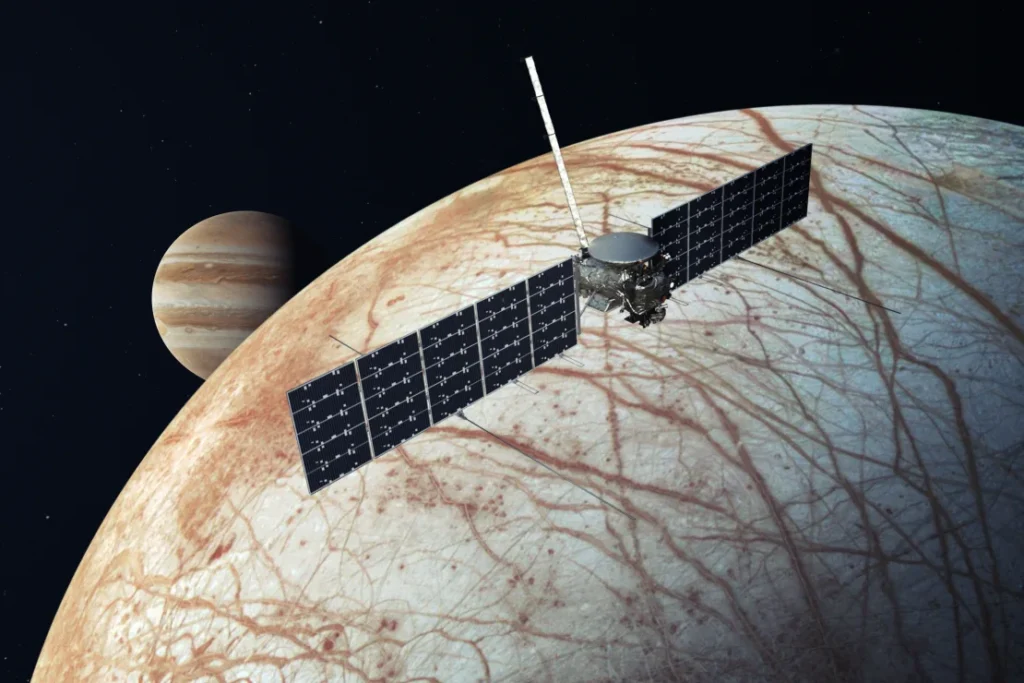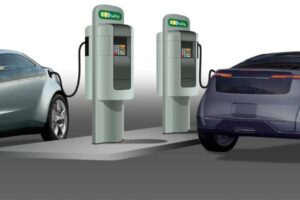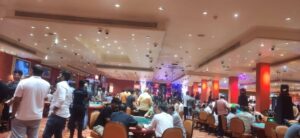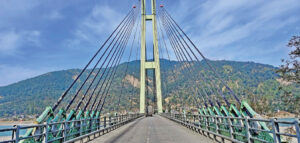
The Europa Clipper shuttle passed a key breakthrough on Monday and is on track to dispatch another month to investigate and look for signs of livability on one of Jupiter’s moons, concurring to NASA. The dispatch window for its travel opens on October 10.NASA sets sights on another ‘world that might.NASA sets sights on another world that might be livable today
The mission passed Key Choice Point E, a basic arranging arrange endorsing the mission to move forward with dispatch. The endorsement was a help to the Europa Clipper group after the disclosure in May of a conceivable issue with transistors on the spacecraft.NASA sets sights on another world that might be livable today.
Transistors offer assistance control the vehicle’s stream of power, and engineers were concerned approximately the components’ survival in Jupiter’s unforgiving radiation environment.
Extensive testing of the transistors took put over four months at NASA’s Fly Impetus Research facility in Pasadena, California; Johns Hopkins College Connected Material science Research facility in Shrub, Maryland; and NASA’s Goddard Space Flight Center in Greenbelt, Maryland.
The group was able to total fundamental testing in time, avoiding a 13-month delay of the dispatch to investigate Europa, an ice-covered world that may have the potential to bolster life in its salty, subsurface sea. Europa Clipper carries 10 science rebellious that seem decide whether life is conceivable on another put in our sun oriented framework other than Earth.
“It’s the final sort of huge survey some time recently we truly get into that dispatch fever, and we’re truly upbeat to say that they unequivocally passed that audit today,” said Nicola Fox, relate chairman for NASA’s Science Mission Directorate, amid a news conference Monday
.Solving the radiation problem
In May, the producer of the transistors cautioned the mission group that the parts may not be as radiation-resistant as already accepted. The transistors are found over the spacecraft.
Jupiter midgets other universes as the biggest planet in our sun based framework, and it has a attractive field 20,000 times more grounded than Earth’s. That attractive field traps charged particles and quickens them to tall speeds. The quickly moving particles discharge vitality in the frame of strongly radiation that besieges Europa and Jupiter’s other closest moons.Any shuttle heading to Jupiter needs radiation-hardened electronics.
“Jupiter’s overwhelmed in more radiation than any planet in our sun based framework, and that’s one of the reasons why investigating the Jupiter framework is so challenging,” said Jordan Evans, Europa Clipper venture supervisor at JPL.
“Europa sits close the external edge of the most exceedingly bad portion of that radiation belt,” he included. “Flying close Europa uncovered us to this tall flux of harming particles, and so the mission engineers and Europa Clipper require to be beyond any doubt that the shuttle components can survive that radiation environment for the length of our four-year mission.”
Data from past NASA missions to Jupiter, counting the Juno test right now considering the planet and a few of its moons, was utilized to approve the testing handle for the transistors, Evans said.
The tests were conducted 24 hours a day since May, and they mimicked spaceflight conditions to see how the shuttle and its components would passage when the vehicle conducts 49 flybys of Europa and eventually 80 circles around Jupiter over a four-year period.
The group decided that the transistors can self-heal in between flybys:
“We concluded, after all of this testing, that amid our circles around Jupiter, whereas Europa Clipper does plunge into the radiation environment, once it comes out, it comes out long sufficient to provide those transistors the opportunity to recuperate and mostly recoup between flybys,” Evans said.
A radiation screen on the shuttle will empower the group to check how the transistors are faring.
“I by and by have tall certainty that we can total the unique mission for investigating Europa as planned,” Evans said.
Related,
5 Nobel-worthy discoveries that haven’t won the prize







